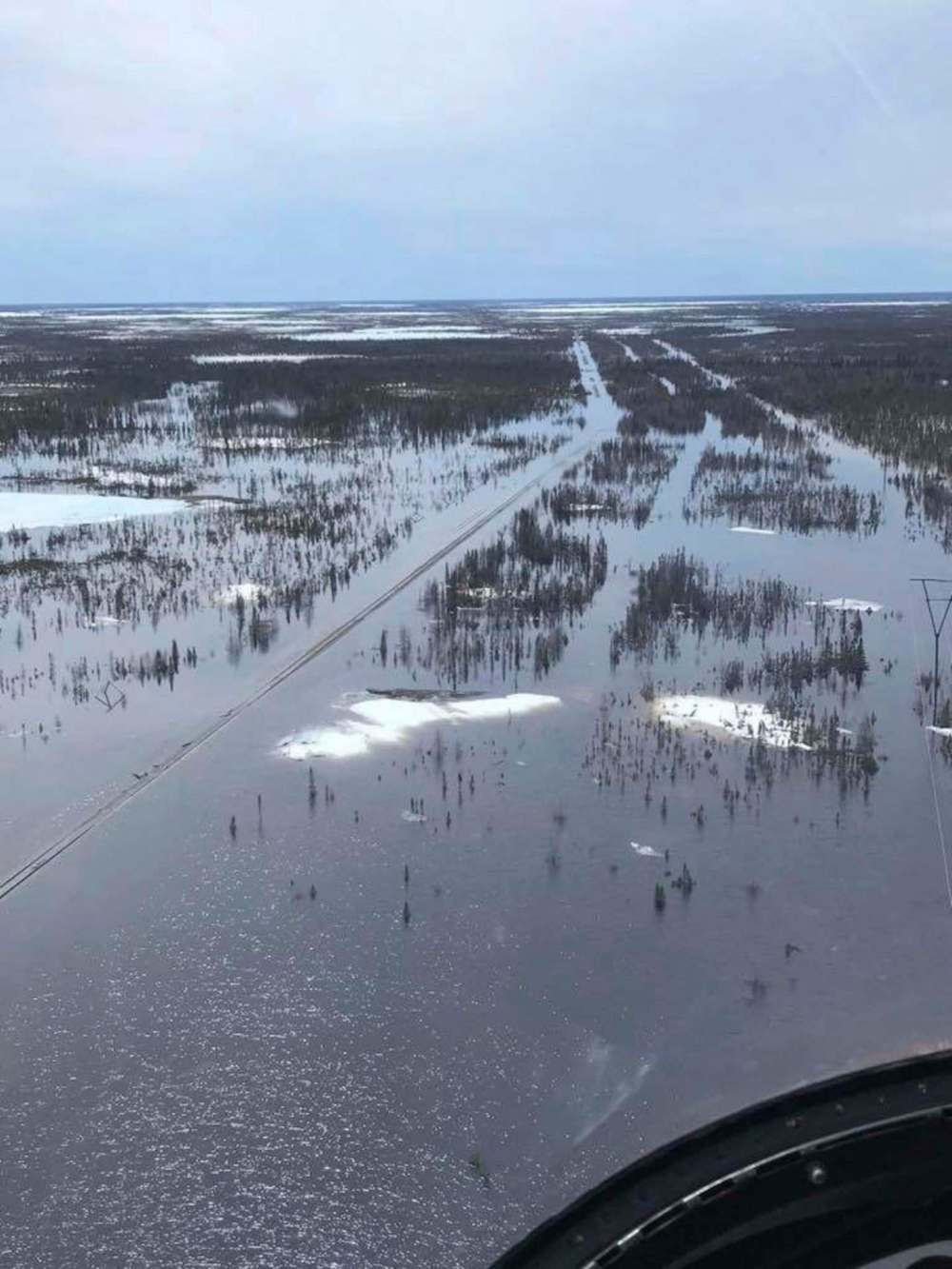Province must lead on sustaining Churchill
Advertisement
Read this article for free:
or
Already have an account? Log in here »
To continue reading, please subscribe:
Monthly Digital Subscription
$0 for the first 4 weeks*
- Enjoy unlimited reading on winnipegfreepress.com
- Read the E-Edition, our digital replica newspaper
- Access News Break, our award-winning app
- Play interactive puzzles
*No charge for 4 weeks then price increases to the regular rate of $19.00 plus GST every four weeks. Offer available to new and qualified returning subscribers only. Cancel any time.
Monthly Digital Subscription
$4.75/week*
- Enjoy unlimited reading on winnipegfreepress.com
- Read the E-Edition, our digital replica newspaper
- Access News Break, our award-winning app
- Play interactive puzzles
*Billed as $19 plus GST every four weeks. Cancel any time.
To continue reading, please subscribe:
Add Free Press access to your Brandon Sun subscription for only an additional
$1 for the first 4 weeks*
*Your next subscription payment will increase by $1.00 and you will be charged $16.99 plus GST for four weeks. After four weeks, your payment will increase to $23.99 plus GST every four weeks.
Read unlimited articles for free today:
or
Already have an account? Log in here »
Hey there, time traveller!
This article was published 13/06/2017 (3100 days ago), so information in it may no longer be current.
Churchill’s 2017 ordeal started in the first week of March, with a powerful storm that dumped something like 50 centimetres of snow on the region. Rail and air service was interrupted and the town was shut down. Then came the thaw, raising the Churchill River discharge to a peak of 200,000 cubic feet per second at the end of May. Flood damage to the rail line stopped the trains again.
Last Friday came the latest blow: Omnitrax engineers have looked at the state of the rail line between Gillam and Churchill — it won’t re-open before the fall. Freight, including food, will have to come by air from Thompson at great expense.
But will rail service resume in the fall? Omnitrax — or a new owner, if the line is sold — will have to calculate whether the revenue generated by the rail line will cover the cost of construction work to repair all the washouts and replace the damaged bridges. Meanwhile, residents and business operators in Churchill are left wondering: do we have a town here or not? If there is no surface access, it’s hard to keep it going.

If determination and adaptability could solve the problem, Churchill’s people could handle it. They have been putting up with harsh conditions and unreliable transport more or less forever. They have found ways to operate a town and live their lives in an environment that could seem impossibly hostile for people used to milder climates. But beyond the character of Churchill’s remarkable people, the economic equation also has to be solved.
The Manitoba government will have to lead the research and planning to answer basic questions about Churchill’s future. Can ocean shipping traffic through Churchill return? The port formerly kept the rail line open, but now the port is mothballed. Will tourists keep coming for the polar bears and the whales if all consumer prices are raised to cover air transport? Was this year’s sequence of March storm and May flood a one-off, or does it warn of a new normal in a warmed northern climate? Can floating airships operate economically where trains and winged aircraft cannot?
The answers to these questions will emerge from a combined effort of private investors, academic researchers, local government and federal and provincial departments. The key role, however, will be played by the province, in terms of planning, strategic analysis and some form of financial support. If Manitoba comes up with a sound plan and decides to keep Churchill going, others will pitch in. If Manitoba stands aside to wait and see what others will do, then residents and businesses will slip away and the long dream of a northern ocean gateway will fade to a memory and a might-have-been.
The Golden Boy atop Manitoba’s legislature looks north because Manitoba has believed for a century and more that hope lay in the north country. Our licence plates show the river running northward through the forest to the inland ocean of Hudson Bay because that is where Manitoba locates itself on this continent. Indigenous people of Manitoba made their first contact with Europeans in the Hudson Bay lowlands, long before an overland route from Montreal was found.
Sustaining Churchill will require a huge effort of will on the part of Manitoba.
It is worth a huge effort. If we abandon Churchill, we abandon our northern origins, our proud boast of toughness — we abandon ourselves.




